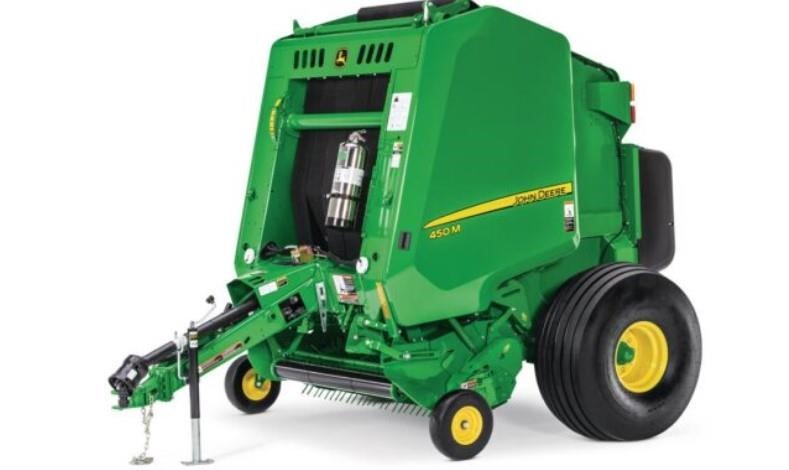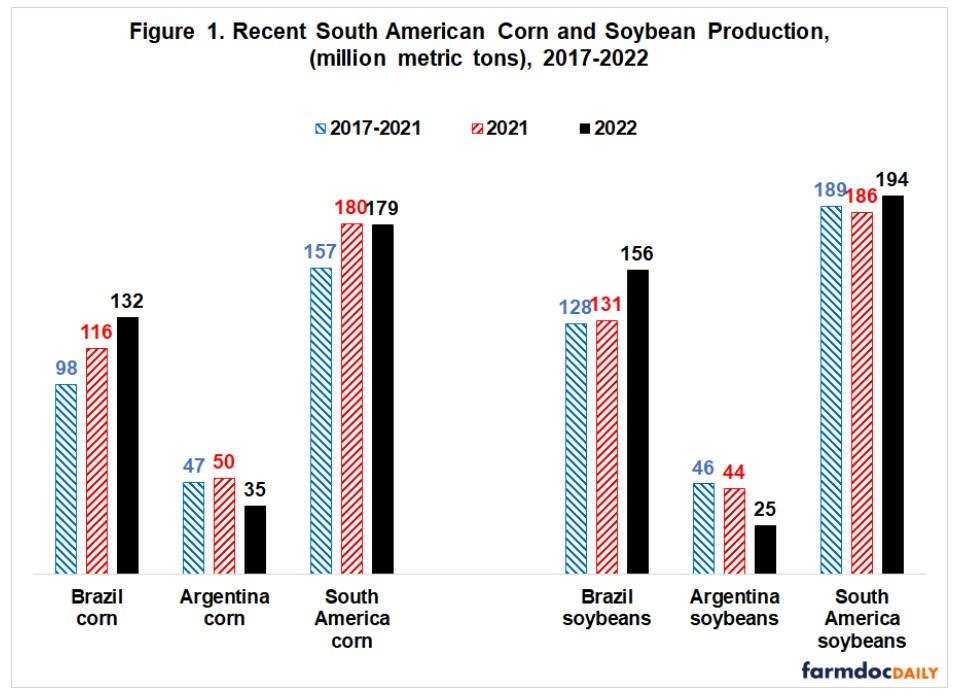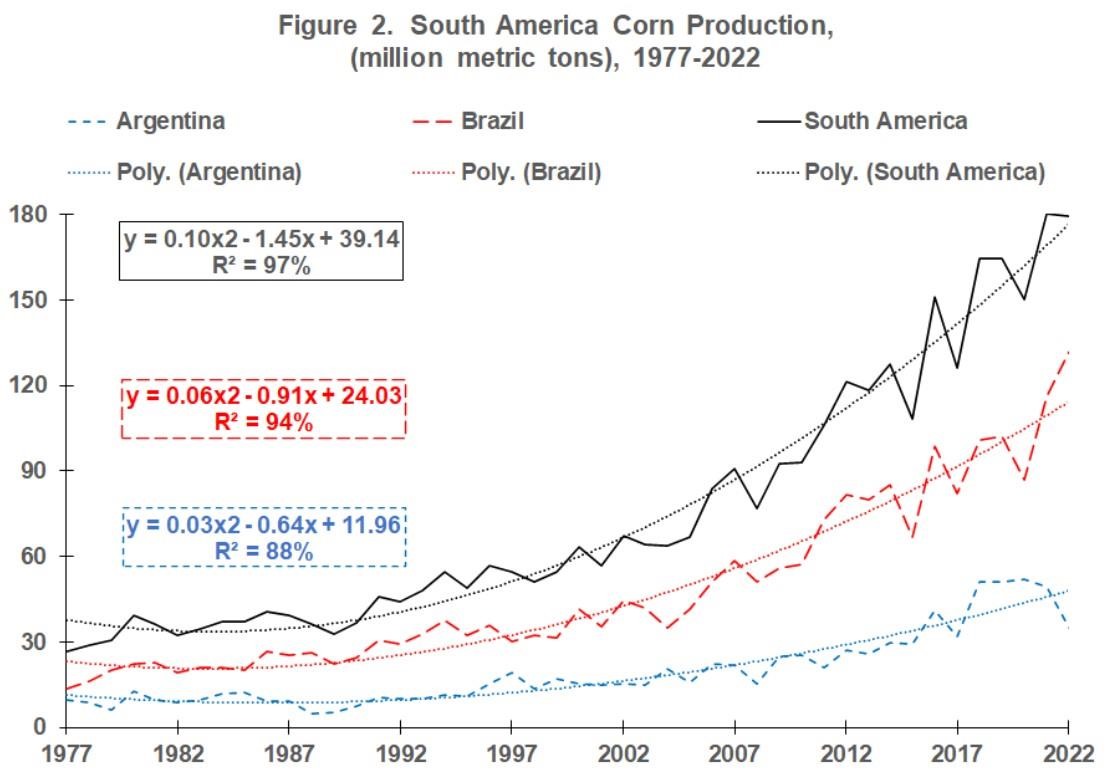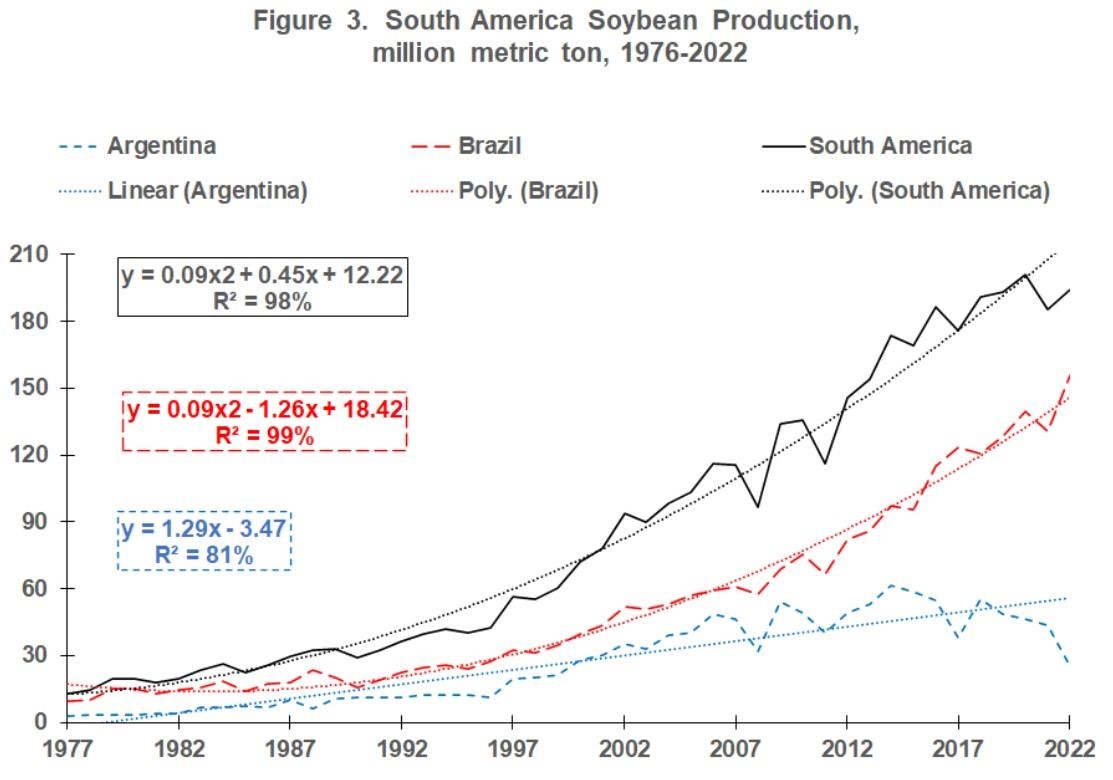In an effort to increase soybean yield potential, early planting dates have been promoted as a management practice that can increase soybean yield. Early planting of soybeans can be a relative term, meaning late April/early May for some soybean producers in Kansas, but this definition of early-planted soybeans is late March/early April. Theoretically, the earlier planting date could allow for more vegetative growth and light interception before blooming, increasing the yield potential. With the improvement of soybean seed treatments to protect seed when emergence is slowed due to cool and wet conditions, early planting may be a viable option. This article summarizes research conducted in northeast and north central Kansas to determine the effect of early planting dates, seed density, and maturity group on soybean yield. The planting dates were late March, mid-late April, and May.
Procedures
Early soybean planting studies were conducted at three Kansas State University Experiment Fields, Kansas River Valley (Topeka), North Central (Scandia), and the Southeast Research and Extension Center (Parsons) in 2022. The experimental fields at Topeka and Scandia were irrigated and the Parsons field was dryland. The Parsons location had a failed crop due to drought. The planting dates were late March, mid-late April, and May. Two varieties were planted at two seeding rates (100,000 and 150,000 seeds/acre) at each of the three planting dates in both locations.
Results
The first planting date at Topeka emerged by April 25. In spite of taking three weeks to emerge, there were no large gaps in the stand. The second planting date emerged 12-14 days after planting, and the third took 7 days. The first planting date emerged 99 Growing Degree Days (GDD) before the second planting date and 338 GDD before the third date.
Canopy closure with the April 4 planting date was 0.5 and 2.4 days earlier than the April 21 and May 9 planting dates at Topeka. The maturity dates of the three planting dates at Topeka were less than 2 days apart for all treatments. There were very low levels (<5%) of sudden death (SDS) foliar symptoms visible at R6 on September 6, and there were no differences between treatments.
The highest yields were just over 80 bu/a for both varieties planted April 4 at 150,000 seeds/acre at Topeka, and the lowest yield was 76 bu/a planted May 9 (Figure 1). There was no significant difference between yields of any of the variety/seeding rate/planting date combination yielding between the high and low-yielding treatments.
At Scandia, there was a significant yield response to the planting date (Figure 2). The fuller season variety yields ranged from 84 bu/a with the 1st planting date to 64 bu/a in the 3rd. (Figure 2). The shorter season variety showed no response to the planting date with an average yield of 72.8 bu/a. (Figure 2).

Figure 1. Effect of soybean planting date with soybean varieties of different maturity groups, planted at two seeding rates on yield at Kansas River Valley Experiment Field-Topeka, 2022.

Figure 2. Effect of soybean planting date with soybean varieties of different maturity groups, planted at two seeding rates on yield at North Central Experiment Field-Scandia, 2022.

Figure 3. Effect of soybean planting date with soybean varieties of different maturity groups, planted at two seeding rates, on yield at Kansas River Valley Experiment Field, Topeka, 2021.

Figure 4. Effect of soybean planting date with soybean varieties of different maturity groups, planted at two seeding rates, on yield at North Central Experiment Field, Scandia, 2021.
Summary
This is the second year this study has been conducted at Topeka and Scandia. Data from the first year of this study (2021) was reported in Kansas Field Research 2022, which had similar results (Figures 3 & 4). While caution should be used in making conclusions from this limited data set, it was shown that there can be a very positive yield response to planting soybeans in late March/early April for certain variety/seeding rate combinations. For most variety/seeding rate treatments, there was no major yield loss due to early planting. The last planting date in these studies is often before most producers historically start planting soybeans in the respective locations. Previous work reported in the Kansas Field Research publications had planting dates from early May to late June at Topeka, showing a yield increase with the earlier planting dates if steps were taken to reduce SDS. Further research is needed to determine if these trends for yield response are consistent. An additional question could be identifying varieties that respond with increased yield due to the early planting date more consistently than other varieties.
Source : ksu.edu